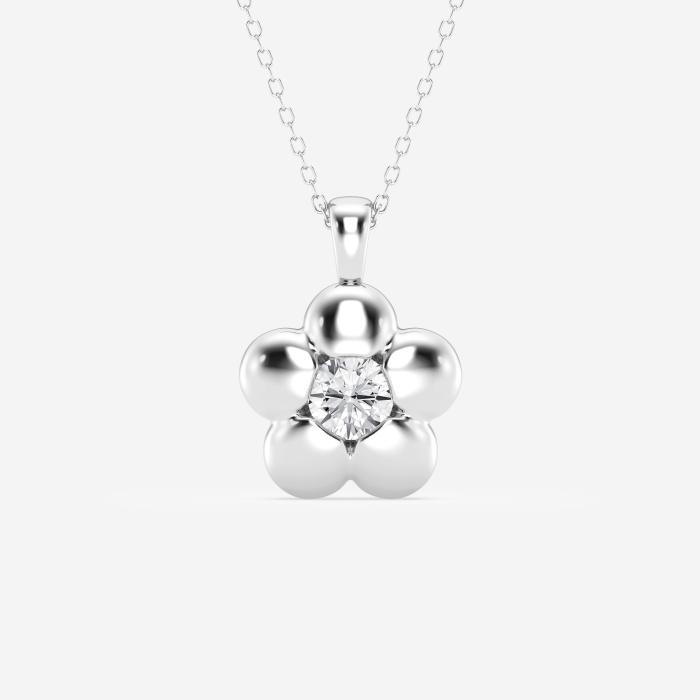Customizing 925 Silver Rhodium-Plated Earrings and Bracelets: Key Considerations
Introduction
Custom jewelry allows individuals to express their unique style and personality. Among the most popular choices are 925 sterling silver rhodium-plated earrings and bracelets, which combine durability, elegance, and affordability. However, designing such pieces requires careful attention to materials, craftsmanship, design preferences, and long-term wearability.
This comprehensive guide explores the essential factors to consider when customizing 925 silver rhodium-plated jewelry, ensuring a high-quality, beautiful, and long-lasting product.
1. Understanding 925 Sterling Silver and Rhodium Plating
1.1 What Is 925 Sterling Silver?
Sterling silver (92.5% pure silver + 7.5% alloy metals, usually copper) is a popular jewelry material due to its:
- Durability (harder than pure silver)
- Luster (bright, reflective surface)
- Hypoallergenic properties (suitable for sensitive skin)
However, sterling silver can tarnish over time due to oxidation and sulfur exposure.
1.2 What Is Rhodium Plating?
Rhodium is a rare, platinum-group metal known for:
- Extreme shine (brighter than silver or platinum)
- High resistance to tarnish and scratches
- Hypoallergenic properties (ideal for sensitive skin)
Rhodium plating involves electroplating a thin layer of rhodium over sterling silver to enhance durability and appearance.
1.3 Pros and Cons of Rhodium-Plated Silver
| Advantages | Disadvantages |
|---|---|
| ✔ Enhanced shine & brilliance | ✖ Rhodium wears off over time (1-3 years) |
| ✔ Scratch & tarnish resistance | ✖ Requires re-plating for maintenance |
| ✔ Hypoallergenic (great for sensitive skin) | ✖ Slightly more expensive than plain silver |
2. Design Considerations for Custom Jewelry
2.1 Choosing the Right Style
- Minimalist vs. Statement Pieces
- Minimalist: Simple studs, thin chains, delicate hoops
- Statement: Bold geometric shapes, gemstone accents, layered designs
- Classic vs. Trendy Designs
- Classic: Timeless hoops, solitaire studs, tennis bracelets
- Trendy: Asymmetrical earrings, personalized name bracelets
2.2 Selecting Gemstones & Accents
- Natural vs. Lab-Grown Stones
- Natural: More expensive, unique variations
- Lab-grown: Affordable, ethically sourced, consistent quality
- Popular Gem Choices
- Diamonds, cubic zirconia (CZ), sapphires, emeralds
2.3 Metal Color Options
- Classic Silver (Rhodium-Plated) – Bright, mirror-like finish
- Rose Gold Plating – Warm, romantic tone
- Yellow Gold Plating – Traditional, luxurious look
3. Craftsmanship & Quality Control
3.1 Finding a Reputable Jeweler
- Look for certifications (e.g., ISO, GIA)
- Check customer reviews & portfolios
- Ensure they use high-quality 925 silver & genuine rhodium plating
3.2 Key Manufacturing Steps
- Wax Model Creation (for custom designs)
- Casting & Polishing (ensuring smooth edges)
- Rhodium Plating Process (thickness matters—0.5 to 1 micron is ideal)
- Quality Inspection (checking for defects, secure gem settings)
3.3 Common Defects to Avoid
- Poor Plating (uneven coating, peeling)
- Weak Clasps & Joints (risk of breakage)
- Loose Gemstones (should be securely prong-set or bezel-set)
4. Wearability & Maintenance
4.1 Ensuring Comfort & Fit
- Earring Backs (butterfly, screw-back, lever-back for security)
- Bracelet Sizing (adjustable chains or precise wrist measurements)
4.2 Proper Care & Cleaning
- Avoid harsh chemicals (perfume, chlorine, sweat)
- Clean with a soft cloth & mild soap (no abrasive materials)
- Store in an anti-tarnish pouch
4.3 When to Replate Rhodium
- Signs of wear (yellowing, dullness)
- Typically needed every 1-3 years
5. Budget & Pricing Factors
| Factor | Impact on Cost |
|---|---|
| Design Complexity | Intricate designs = higher labor costs |
| Gemstone Quality | Natural diamonds > lab-grown > CZ |
| Plating Thickness | Thicker rhodium = higher price |
| Brand Reputation | Luxury jewelers charge premium rates |
Average Price Range:
- Rhodium-plated silver earrings:
50–300
- Rhodium-plated silver bracelets:
80–500
Conclusion
Customizing 925 silver rhodium-plated earrings and bracelets requires careful consideration of materials, design, craftsmanship, and maintenance. By choosing a reputable jeweler, selecting high-quality components, and following proper care guidelines, you can ensure your custom jewelry remains stunning for years.
Whether for personal wear or as a gift, rhodium-plated silver jewelry offers a perfect blend of elegance, durability, and affordability.
